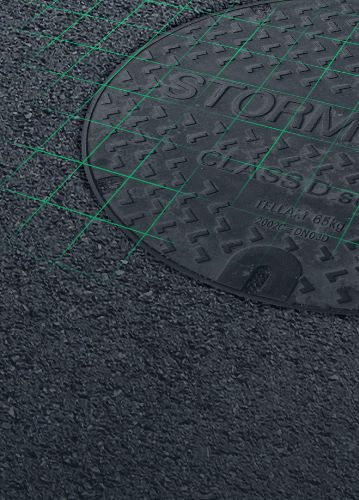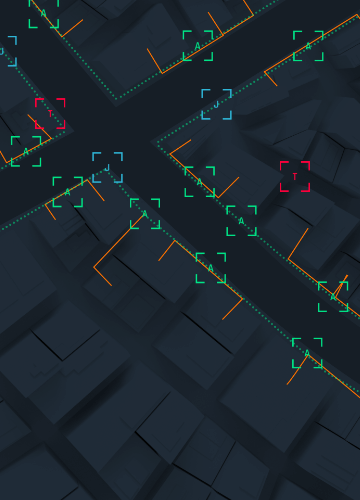Infrastructure
Management
Providing contractors and private infrastructure operators with all the data they require for maintenance, planning and investment strategies

Via access to Gaist’s Roadscape Intelligence Platform, Infrastructure Operators can improve service levels and safety in a cost efficient manner whilst demonstrating high levels of innovation through the adoption of a digital transformation solution on an international basis.
How we help
We provide all your condition and safety surveying requirements, making the data available at your desktop. Our professional services team can assist you in whatever level of bespoke consultancy requirements you require.
Network Condition Insight
Providing you a full digital real world view of your network to an unparalleled level of detail, direct to your desktop.
Professional Services
Providing everything you need from data collection through to whole of life asset management plans to help you apply for government funding.
Significant Savings
Through more accurate, high quality, lower cost surveys and streamlining via adopting a digital transformation approach to operations.
Your innovative Partner
solving all your roadscape data requirements


Northern Ireland Leads the Way: Gaist Secures Landmark Contract to Deliver The United Kingdom and Ireland’s First National AI-Powered Road Network Survey

Gaist Pioneers New Era in Road Monitoring: PAS 2161 Approval Validates 15 Years of Excellence

Gaist to Showcase Industry-Leading Technology at LCRIG Strictly Highways 2025

Gaist Reappointed as Preferred Supplier to Blackpool Council Under National RAMS Framework

Gaist Shares Strategic Vision at SCOTS 2025 AGM & Conference










